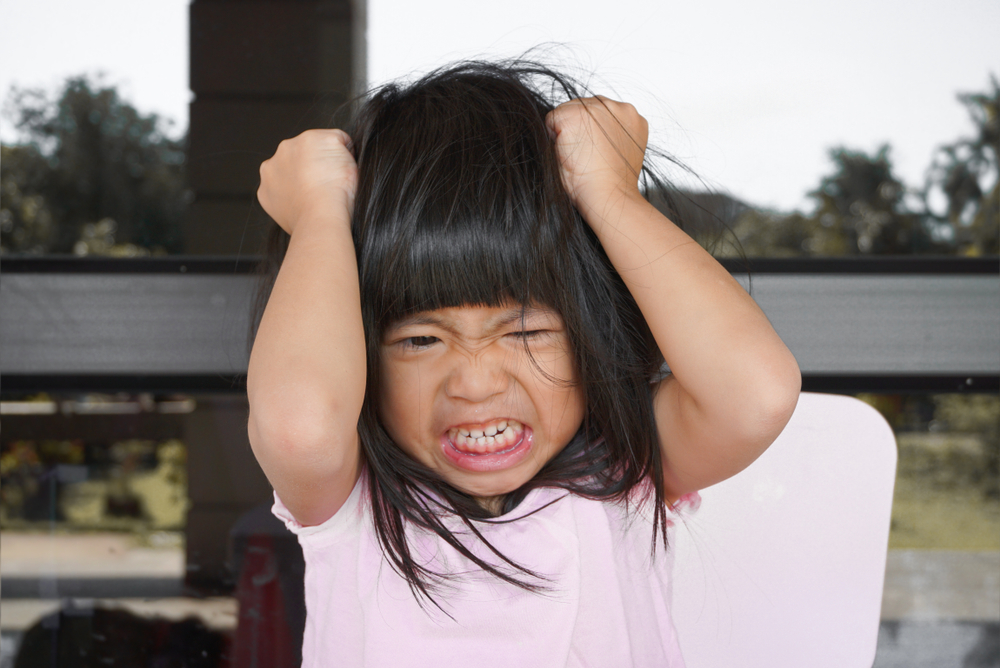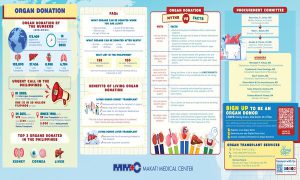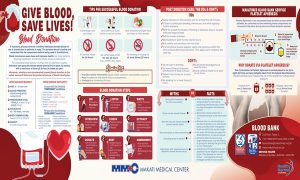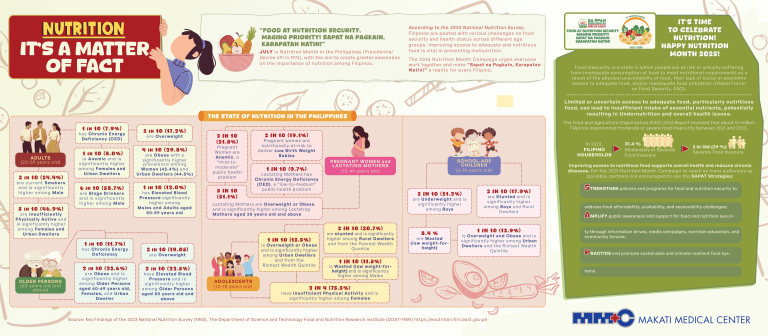Attention-Deficit/Hyperactivity Disorder (ADHD) is probably one of the most commonly misunderstood disorders that plague children and their families. It is common to hear someone casually label a child with ADHD if they are too loud, unruly, or mischievous without adequately understanding what the term means. Sadly, this is NOT a laughing matter.
On a global scale, a meta-analysis of 175 research studies worldwide revealed that 7.2% of the population is diagnosed with ADHD, with children aged 4 to 11 having a prevalence rate of 7.7. Even though this is the case, it remains as one of the most underdiagnosed disorders as many of the symptoms are dismissed as typical child behavior.
What is ADHD?
ADHD is a neurobiological disorder rooted in the brain’s chemistry which usually manifests with evidence of symptoms in two or more settings before the child reaches twelve years old. (DSM5) According to Alexis L. Reyes, MD of MakatiMed’s Section of Developmental and Behavioral Pediatrics, “It is the result of an imbalance of chemical messengers within the brain, which causes symptoms such as inattention, impulsiveness, and hyperactivity to occur.”
Many parents mistake hyperactivity as the only manifestation of ADHD, when, in fact, there are three presentations of this disorder: (DSM 5)
- Predominantly inattentive
- Predominantly hyperactive-impulsive
- Combined inattentive and hyperactive-impulsive
Only those who belong to the hyperactive-impulsive or combined inattentive and hyperactive-impulsive presentation experience the trademark fidgety and restless behavior of those with ADHD, while those who are also predominantly inattentive do not. There is another misconception that children who have ADHD are incapable of focusing, when in fact they do have the ability to do so, but only for specific things that interest them.
To date, there are more boys diagnosed with ADHD than girls, but gender is irrelevant to the nature of the disorder. “ADHD has actually become an under-diagnosed disease for girls, as most parents mistake the symptoms for simple daydreaming, which is a common occurrence at their age. During the teenage years, inattention is indeed the most common presentation ” Dr. Reyes says.
7 Warning Signs of Childhood ADHD
Kids will always be kids, which means they will naturally have short attention spans, forget things sometimes, or space out in the middle of conversations. But when do you draw the line and start to consider that things are getting serious? Here are some of the most notable symptoms a child may exhibit if he or she has ADHD.
1. They focus on tasks they like intensely…
Children with ADHD are often branded as “those who lack focus,” when, in fact, they are more than capable of doing so. The danger here is that they could develop a laser-sharp focus on the things they like and lose sight of other things outside of this. It creates a self-focused behavior which could impede their ability to recognize other people’s needs, social cues, and the like.
2. …but ignore other responsibilities they deem boring and repetitive
This trait is why children who have ADHD are accused as lethargic or sometimes even rude. Children who exhibit this behavior will say they heard you but often find it difficult to repeat what you just said.
3. They’re unable to sit still and be quiet
Fidgetiness also affects a large portion of children who experience ADHD. This can cause them to squirm on their seats, stand up and run around a lot, and find it challenging to play in one area quietly. This could be disruptive in school settings, family dinners, and other social functions—even at home.
4. They have trouble waiting for their turn
Due to the restlessness of children diagnosed with ADHD, they often exhibit signs of impatience when it comes to waiting in line for their turn or playing games with other kids. They could lose interest quickly and give up on the task.
5. They are impulsive
While children sometimes act without thinking, someone with ADHD has difficulty processing the consequences of specific actions. They are often fueled by the need to move around and work without realizing that they are breaking the rules, not following instructions, or endangering themselves.
6. They forget a lot of things
They could forget errands, homework, and lose track of where they place certain items, and so on.
7. They are mentally absent or often daydreaming
As mentioned above, children with ADHD can also exhibit inattentiveness to others and their surroundings. They may not be running around or loud, but they could be quiet and withdrawn, mostly spaced out, and daydreaming on their own. This could also cause them not to listen or become easily distracted.
Keep in mind that these symptoms don’t just show in one place, but rather in multiple settings—at home, in school, in large groups, or in public. If they are consistently exhibiting this kind of behavior, it is worth bringing them to a developmental pediatrician or child psychiatrist for proper diagnosis and treatment.
Keeping track of your child’s behavior can help identify ADHD early. Fortunately, this disorder is not a life sentence. “Patients with ADHD who are well-managed turn out to be very energetic, active and creative—and can often accomplish more than people who do not have the condition,” Dr. Reyes assures.
If you suspect that your child is exhibiting symptoms of ADHD, consult a trusted developmental pediatrician or child psychiatrist. With proper support and care from the family and environment and timely treatment, children diagnosed with ADHD can learn to cope with the disorder and live a better life.











